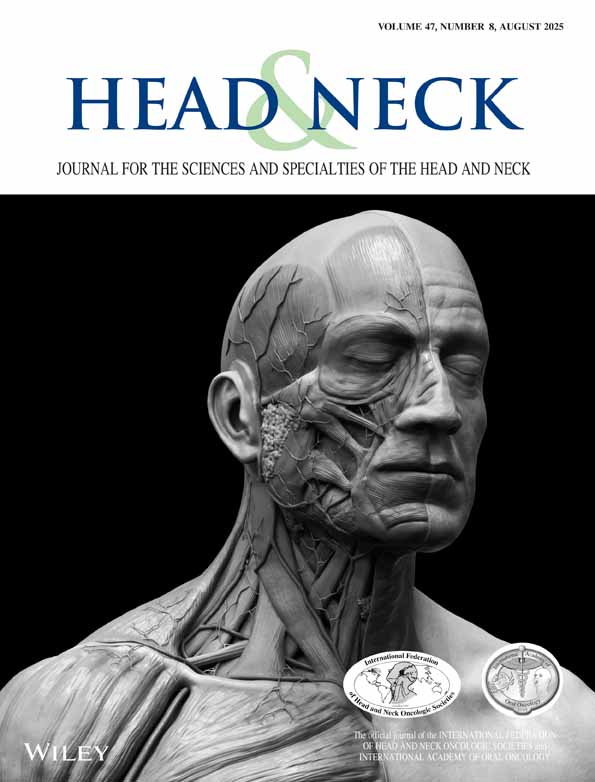Plexiform ameloblastoma of the maxilla with extension to the skull base
Abstract
Ameloblastomas are locally invasive benign tumors believed to originate from the developing dental lamina. Maxillary ameloblastomas are rare, comprising only 20% of all ameloblastomas. Of these, 90% arise posterior to the canine tooth. As tumors of the posterior maxilla grow slowly, symptoms are few until the tumor has reached considerable size. At the time of presentation there may be evidence of extension into anatomic areas adjacent to the posterior maxilla. Hemimaxillectomy through wide surgical exposure has the best chance of achieving tumor control. However, once the tumor has extended beyond the confines of the maxilla the prognosis for control of the disease is poor.




